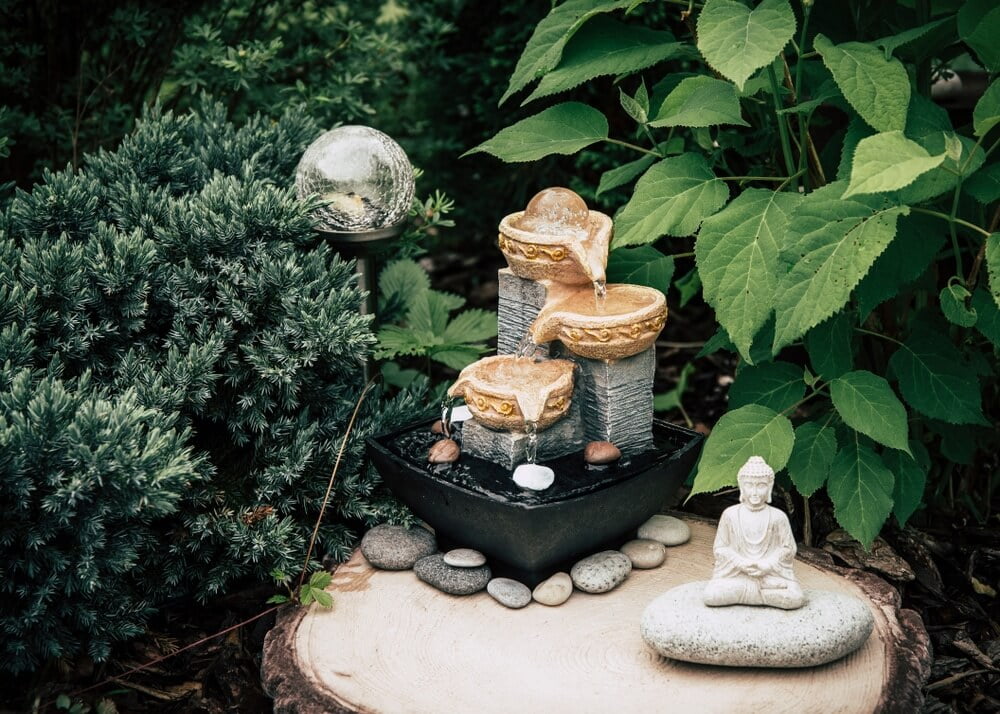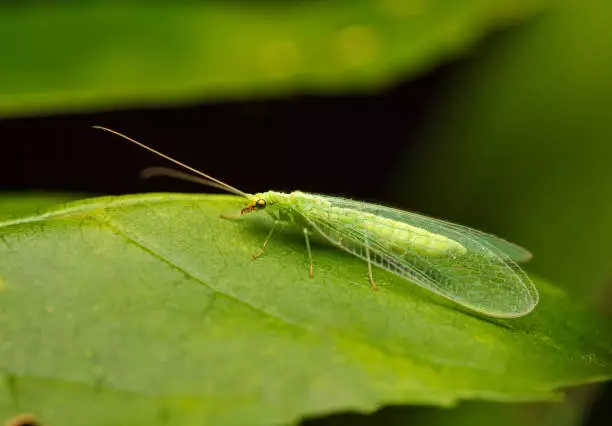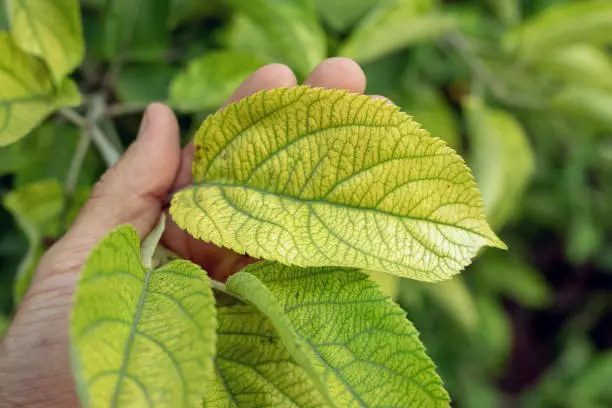Not everyone has the time to maintain a clean and healthy garden or lawn. If you do have the time, you may not have the space. That’s where terrariums come in handy. They can be as small as tin, but they can complement your home decor in ways you didn’t even think of. Better yet, you don’t have to worry about mowing, pesticides, or other time-consuming maintenance routines.
You can create a terrarium out of anything. If you have moss in your backyard or found some lovely-looking moss during your nature walk, you can use it to create a moss terrarium. Moss terrariums are very common due to moss’s unique nature and ease of maintenance. This article is for you if you’d like to create one of those nice-looking moss terrariums. But first, let’s see which types of moss you can use for your terrarium.
Types of moss for terrarium
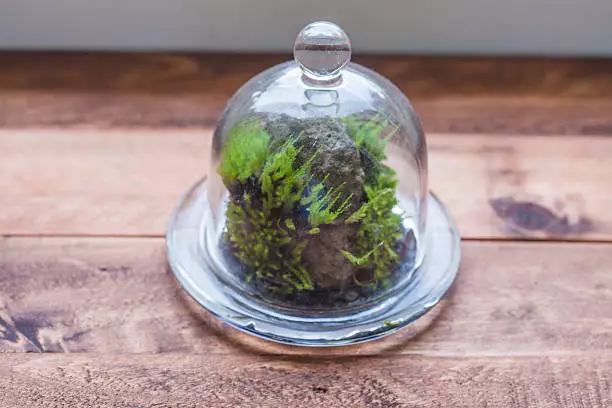
Moss is a non-vascular type identified as a bryophyte. It means they don’t have tissues for transporting water like other plants and are drought resistant. Since they have no water vessels and no real root system, they can survive in low light, with little soil, and dampness, and can for that reason live on many surfaces, moss is a perfect component for building terrariums.
All moss may look similar, but there are over 10K varieties worldwide. Particular kinds are more ordinary depending on where you live. However, moss is broken into two main classifications; Pleurocarpous and Acrocarpous. Pleurocarpous Moss grows external with little branches as if it is sluggishly crawling everywhere in sheets.
Acrocarpous Moss grows ascending into arranged, dense tiny mounds of firmly thick stems growing in clumps. When you understand the type of moss you’ll use in your terrarium, you will learn the best ways to maintain it.
We may not go through all the types of moss, but below are some of the most common types used for decorative purposes.
Sheet Moss: Sheet moss, also known as Hypnum Cupresiforme, is often used for adornment in pixie gardens and small terrariums. It is mostly sold in a preserved state. Most people love this moss, for it grows in most parts of the world, including Antarctica. Even when dormant, this type of moss lets out one of the best looks you’ll ever get from a plant.
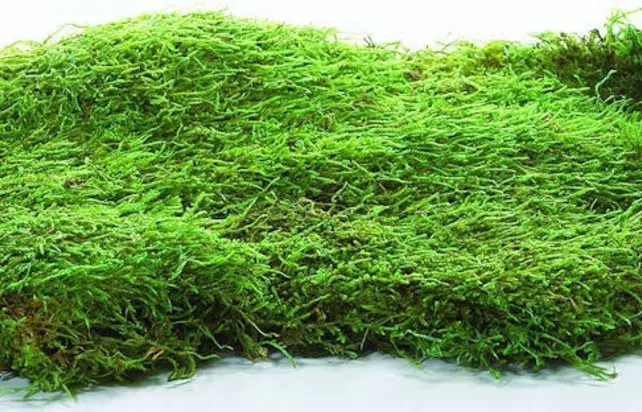
Java moss: This is one of the most common water mosses and is often found in South East Asia. It’s easier to propagate and maintain by ensuring there’s enough humidity in the can. Besides being used for terrariums, this type can also be used for aqua-scaping in tanks.
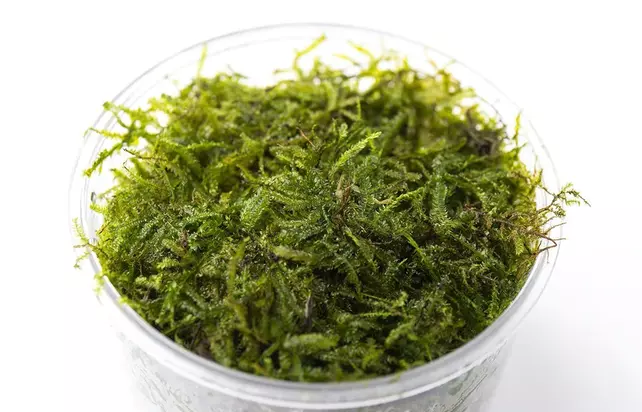
Cushion moss: Also known as white moss and resembles huge greyish-white pincushions in damp woodlands or swampy regions. Cushion moss thrives in thick clumps that can absorb and preserve water. They separate quickly, especially on the soil. Fresh plants are molded from female plants at the ends of each clump-forming brand-new cushion. White mosses have spear-like leaves with sharp tips and reddish-brown pods (spore cases), rarely seen and mature in autumn. It is ideal as moss for a terrarium since it is attractive and straightforward to handle.
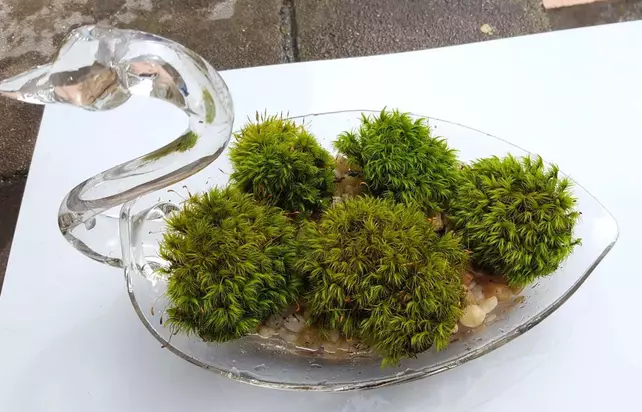
Mood moss: Also referred to as Dicranum Scopariumand, mood moss is very popular for terrain landscapers. Because it grows on moist soil and with adequate moisture levels, the mood moss makes luxuriant green that fits all kinds of terrariums. The Dicranum prefers acidic water conditions for it to prosper. This type of moss is best suited as a carpeting plant but appears best when used as a toning plant put at the base of other bigger plants. Mood mosses are very regular, pretty, and very dense.
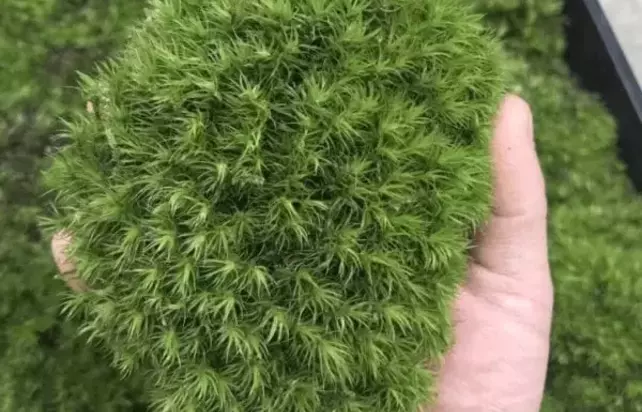
Can I use moss from my yard in a terrarium?
Yes! The first place to look for moss should be on your property, especially if you don’t use many inorganic chemicals in your gardens. Moss is more common in humid, rainy locations than the dry environments. Look for shaded, wet corners, near cracks, and other places where water is likely to flow.
If you are planning on collecting it yourself, you first need to identify the container’s ideal size and how much moss you want to dig up. Be wary of its habitat as you will need to provide the exact conditions in the terrarium for it to stay green and thrive. The ground you dug up the moss from may have larvae, so it is necessary to carefully wash the moss before placing it in the terrarium. While moving the moss, be very gentle as moss is very delicate and can get damaged easily.
You can also purchase moss if you don’t have a backyard or cannot find any moss growing nearby. Some stores preserve diverse options of fresh moss and are ready for terrarium use. Before buying moss, take note of its features since they all thrive in different conditions. Others thrive in wet and shaded conditions, while others prefer sunlight and can endure drought.
How to make a moss terrarium
Next time you are out for a nature walk, plan on collecting moss for a DIY project for a moss terrarium. Boost the décor of your space with a touch of nature. Below are some of the materials you’ll need to build a terrarium.
Here’s what you need to make a moss terrarium:
- Fresh Moss. You can get different shades for a nice touch.
- A big glass jar with a top
- Wet Enough, muddy potting soil
- A sprayer filled with water
- Tweezers
- A chopstick
Here’s a step-by-step guide on how to make a moss terrarium:
- Prep your jar. Make sure it is clean and dry.
- Put the humid soil and level it with your hands or knuckles. Since moss can also grow on rocks, you can add some pebbles/rocks before adding the soil. This gives your terrarium that natural look.
- Gently place the moss in the jar, one by one. Arrange the different shades creatively. In case you find them in excess, you can tear away some.
- Press the moss down with a chopstick to make sure it is lying well on the soil.
- Once you are through and happy with the arrangement, spray some water with a squirt bottle. I prefer this bottle because it prevents you from waterlogging the can, which may kill the moss. Let it stay for an hour in a warm place exposed to indirect sunlight.
- Once the moss is a bit dry, you can add some decorative items like rocks, toys, and other small items.
How do you keep the moss alive in a terrarium?
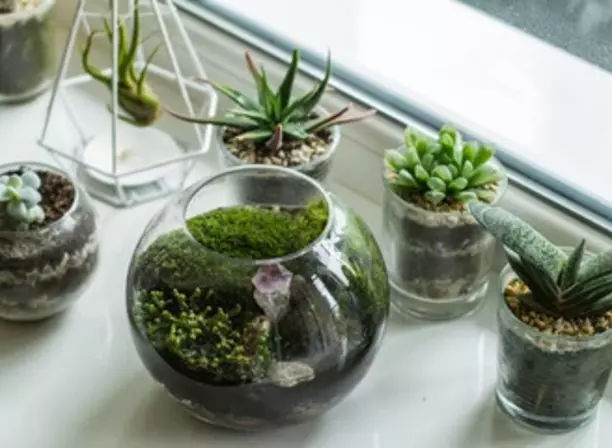
Before placing moss in the terrarium, always have a clean, bleached container. Also, thoroughly wash the moss to eliminate any form of pests on it, as stated above. Then place it separately for like two days before transferring it to your terrarium. This will help you see if any fungus had attacked the moss or if any pests were still lingering. Unclean moss develops a type of fungus and causes staining.
Use skewers or chopsticks and bash down into the layer to try to interrupt the fungus growth. If you can manage to move it around, it might restrain the fungus growth. If the fungus has spread to the other plants growing in the upper layer, just empty everything and wash the terrarium with water and bleach.
If your terrarium receives direct light by being next to your window, this adds to high temperatures, causing mold growth. Never place terrariums indirect light, ensure that it’s receiving indirect sunlight. You can make an exception if the moss is turning yellow. In such a case, you can take outside for some direct sunlight.
Does a moss terrarium need a lid?
There are two kinds of glass terrariums; open and closed. A closed terrarium has a lid or cover. The plants are enclosed tightly in the glass container. Moisture from the plants and soil evaporates at a higher temperature inside the terrarium. This water vapor liquidizes on the glass container walls and drops back to the plants and soil beneath. With this endless supply of water, the plants will not dry up and wither. A little water cycle is formed inside the terrarium, making it mostly independent. The glass container also lets light pass through for the plants to photosynthesize. As mentioned earlier, terrariums should not be located under direct sunlight as it can make the glass heat up, “baking” your plants.
The environment within a closed terrarium is ideal for moisture-loving plants like mosses. Since the moisture in closed terrariums is continually recycled, they don’t require a lot of maintenance. The lid of the glass container should be removed for like 20-30 minutes to allow excellent airflow.
Care tips for a terrarium moss
Learning how to grow moss in a terrarium can be a good project for parents and kids to do together. They don’t require a lot of materials to build, and when taken care of correctly, they can be independent for the most. The moss in a terrarium needs to be kept alive to achieve its desired motive for a long time. Below are some tips on how to do that:
- Pick the right soil for the terrarium. Mosses like their soil firm and slightly acidic, unlike most plants. If you are unsure about the acidity in the ground, get an easy-to-use pH test kit to be sure whether to increase or reduce the pH.
- Water your moss at least twice a week to maintain the moisture in the soil. Be careful not to drown it as excess water in a terrarium will not be able to evaporate. Use pure or filtered. Tap water may contain chlorine, which may burn your plants. As mentioned earlier, a squirt bottle would be handy in watering a moss terrarium.
Since the best terrarium to grow moss is the closed one, place it in a cool area during heat seasons. Because it is enclosed, too much heat can accumulate in the terrarium, causing the moss to cook. In colder seasons, some sunlight is needed though, don’t place the container in direct sunlight. Place it near a window for about 2 hours first thing in the morning. You can also grow moss on your office desk with a fluorescent lamp placed about 12 inches above it.
For open terrariums, don’t place your moss in moving dry air like the wind or under a fan as this will quickly dry up the moisture it requires to keep it alive.
Lastly, prune the moss once in a while if you start to notice some parts growing longer and thinner than others. This will boost a better and denser re-growth.
How long does a moss terrarium last?
As a rule of thumb, any living thing well taken care of lasts for a long time. Moss terrarium is no exception. Theoretically, a perfectly balanced closed terrarium, in the actual conditions, should last forever. Who knows, they may even outlive us!
But perfect conditions are only in theory and not practical. There are many factors at play to limit the ideal conditions such as light, temperature, soil, plant species, and many more. Therefore, if your moss terrarium dies, do not fret or regard yourself as an imperfect moss caregiver. But that shouldn’t be as soon as you plant it. It is, in most cases, inevitable. But you can always start afresh; it takes a few hours to create a terrarium. You can create several of them.
Tips to make your terrarium last long
- Use large containers to provide enough space.
- Use an adequate supply of the right soil. Don’t fill up the jar with a lot of ground as it will cause congestion.
- Use healthy moss and any added plants. Go for plants that have similar requirements, such as light and moisture. Inspect for any insects and diseases before placing them in the terrarium.
- Don’t leave it unattended for a long time. Don’t expose it to direct sunlight for long, use a lid occasionally to retain moisture flow inside and remove dead leaves and scrub the algae off the sides.
